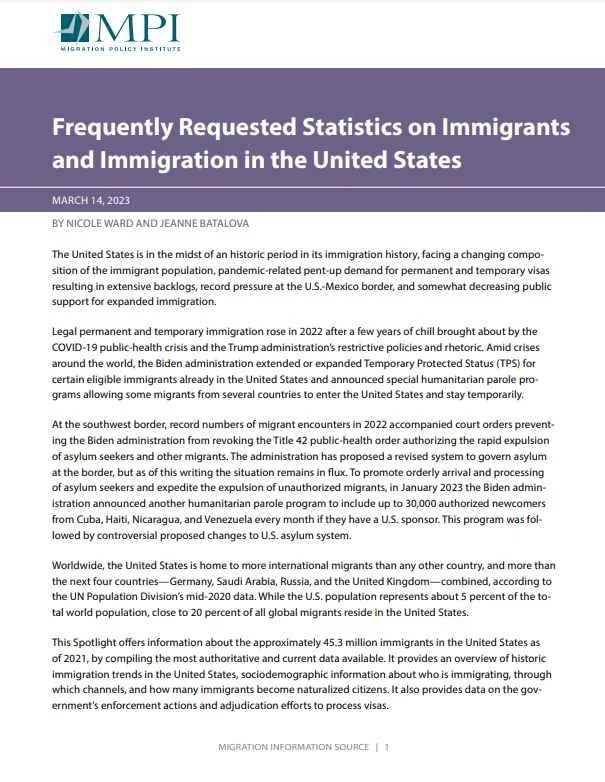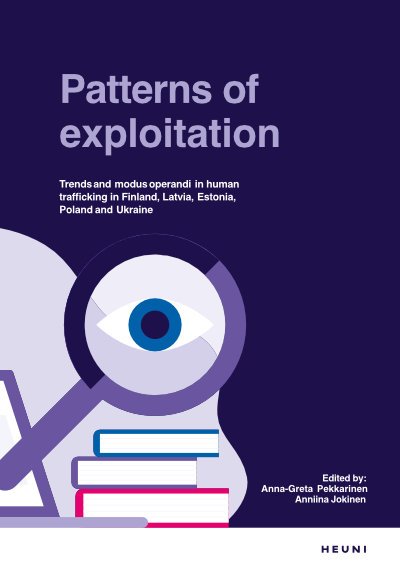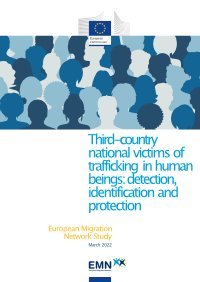By Nicole Ward and Jeanne Batalova
The United States is in the midst of an historic period in its immigration history, facing a changing composition of the immigrant population, pandemic-related pent-up demand for permanent and temporary visas resulting in extensive backlogs, record pressure at the U.S.-Mexico border, and somewhat decreasing public support for expanded immigration. Legal permanent and temporary immigration rose in 2022 after a few years of chill brought about by the COVID-19 public-health crisis and the Trump administration’s restrictive policies and rhetoric. Amid crises around the world, the Biden administration extended or expanded Temporary Protected Status (TPS) for certain eligible immigrants already in the United States and announced special humanitarian parole programs allowing some migrants from several countries to enter the United States and stay temporarily. At the southwest border, record numbers of migrant encounters in 2022 accompanied court orders preventing the Biden administration from revoking the Title 42 public-health order authorizing the rapid expulsion of asylum seekers and other migrants. The administration has proposed a revised system to govern asylum at the border, but as of this writing the situation remains in flux. To promote orderly arrival and processing of asylum seekers and expedite the expulsion of unauthorized migrants, in January 2023 the Biden administration announced another humanitarian parole program to include up to 30,000 authorized newcomers from Cuba, Haiti, Nicaragua, and Venezuela every month if they have a U.S. sponsor. This program was followed by controversial proposed changes to U.S. asylum system. Worldwide, the United States is home to more international migrants than any other country, and more than the next four countries—Germany, Saudi Arabia, Russia, and the United Kingdom—combined, according to the UN Population Division’s mid-2020 data. While the U.S. population represents about 5 percent of the total world population, close to 20 percent of all global migrants reside in the United States. This Spotlight offers information about the approximately 45.3 million immigrants in the United States as of 2021, by compiling the most authoritative and current data available. It provides an overview of historic immigration trends in the United States, sociodemographic information about who is immigrating, through which channels, and how many immigrants become naturalized citizens. It also provides data on the government’s enforcement actions and adjudication efforts to process visas.
Washington, DC: Migration Policy Institute, 2023. 34p.










